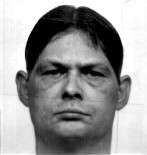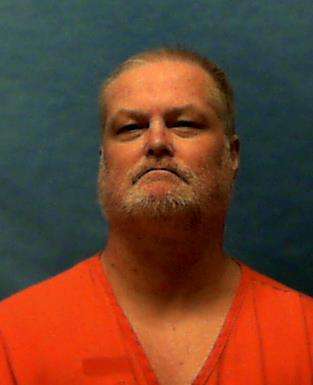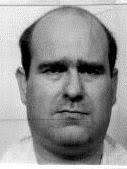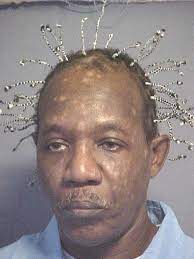Jermont Cox Murders Lawrence Davis In Pennsylvania
Jermont Cox was sentenced to death by the State of Pennsylvania for the murder of Lawrence Davis
According to court documents Jermont Cox thought that Lawrence Davis was responsible for a recent robbery and as payback would murder the man
Jermont Cox would be arrested, convicted and sentenced to death
Jermont Cox Photos
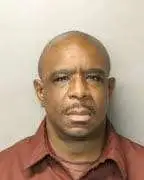
Jermont Cox FAQ
Where Is Jermont Cox Now
Jermont Cox is incarcerated at SCI Phoenix
Jermont Cox Case
For the purposes of the present appeal, the pertinent facts may be summarized as follows. Cox was a low-level member of a Philadelphia drug operation run by Tim Walker (“Walker”). At some point in early 1992, two other members of the drug enterprise, Roosevelt Watson (“Watson”) and Terence Stewart (“Stewart”), had a falling out with Walker and left Walker’s organization. Watson subsequently robbed one of the houses out of which Walker sold drugs, and he and Stewart later stole Walker’s car. In retribution, Walker instructed Larry Lee (“Lee”), a higher-ranking member of the drug organization, to kill both Watson and Stewart. Lee enlisted Cox to assist in the murders. On August 18, 1992, Watson was shot and killed outside of a nightclub. On November 8, 1992, Stewart was shot and killed while driving his vehicle with a woman named Tia Seidle (“Seidle”), who was not injured although she was sitting in the passenger seat of his car.
In January 1993, the Philadelphia Police arrested Cox for the murder of a man named Lawrence Davis. In an attempt to secure favorable treatment from the prosecution, Cox indicated that he had information about Stewart’s murder. After being advised of his rights, Cox told the police that he was with Lee on the night of Stewart’s murder. Cox stated that Lee instructed Cox to drive to a particular location, where they found Stewart’s parked vehicle. Lee, who was carrying a semi-automatic weapon, told Cox that Stewart was one of the men who had stolen Walker’s car. Cox told the police that when Lee identified Stewart as one of the men who stole Walker’s car, he “knew what was happening.” N.T., 4/10/1995, at 14. Cox and Lee waited for approximately half an hour until Stewart and Seidle exited a residence, entered Stewart’s vehicle and drove away. Cox followed and pulled along the left side of Stewart’s vehicle, at which time Lee lowered his window and fired multiple shots at Stewart. Stewart lost control of his vehicle and crashed into another car, and Cox and Lee immediately fled the scene. The following day, Lee paid Cox $500.
After Cox made this confession, the police arrested him for Stewart’s murder. The police then asked Cox if he had any information about Watson’s murder, which they believed was related to Stewart’s murder. Cox told the police that he and Lee spent at least a week searching for Watson in order to kill him, but that they were unsuccessful. Cox told the police that Lee subsequently found and killed Watson by himself.
As Cox awaited trial on the Davis murder, he contacted the police to offer additional information about the Watson murder. Again, Cox wanted to share this information because he hoped to garner favorable treatment by cooperating with the police. Cox then confessed that he was with Lee when Lee received a telephonic page from Walker, informing them that Watson would be at a particular telephone booth outside of a nightclub. Cox drove them to the location described by Walker, where they waited for Watson. When Watson appeared, Lee exited the vehicle and shot Watson six times with a silver revolver. Cox then drove them from the scene of the shooting. Three days later, Lee paid Cox $500. Following this confession, the police charged Cox with Watson’s murder.
The Watson and Stewart charges were joined for trial, which occurred in 1995. In addition to Cox’s confessions to these murders and of relevance to this appeal, the Commonwealth introduced the testimony of Philadelphia Police Officer James O’Hara, who performed ballistics testing on a bullet recovered from Watson’s body and two bullets recovered from Davis’ body.2 Officer O’Hara testified that markings on one of the Davis bullets matched the markings on the Watson bullet, which proved that they were fired from the same gun. Officer O’Hara could not formulate a conclusion concerning the second Davis bullet because, in his opinion, the second bullet was too damaged to allow a comparison. The Commonwealth sought to couple this ballistics evidence with the testimony of Kimberly Little (“Little”). Little previously testified in the Davis trial that she observed Cox shoot and kill Davis.3 Through Little’s testimony and the ballistics evidence establishing that the same gun was used in the Watson and Davis murders, the Commonwealth sought to establish Cox’s participation in the Watson murder. Over Cox’s objections, the trial court permitted the Commonwealth to introduce this evidence for the limited purpose of establishing Cox’s identity and access to the weapon used to murder Watson.
At the conclusion of the guilt phase of trial, the jury found Cox guilty of two counts of first-degree murder, conspiracy, and possessing instruments of crime.4 The trial court sentenced him to life imprisonment for the Watson murder and death for the Stewart murder.5 Cox appealed his death sentence to this Court, raising, inter alia, multiple claims of ineffective assistance of counsel in both the guilt and penalty phases.6 We affirmed. Cox, 728 A.2d at 938. The United States Supreme Court subsequently denied Cox’s petition for writ of certiorari. Cox v. Pennsylvania, 533 U.S. 904 (2001).
https://caselaw.findlaw.com/court/pa-supreme-court/1749375.html








